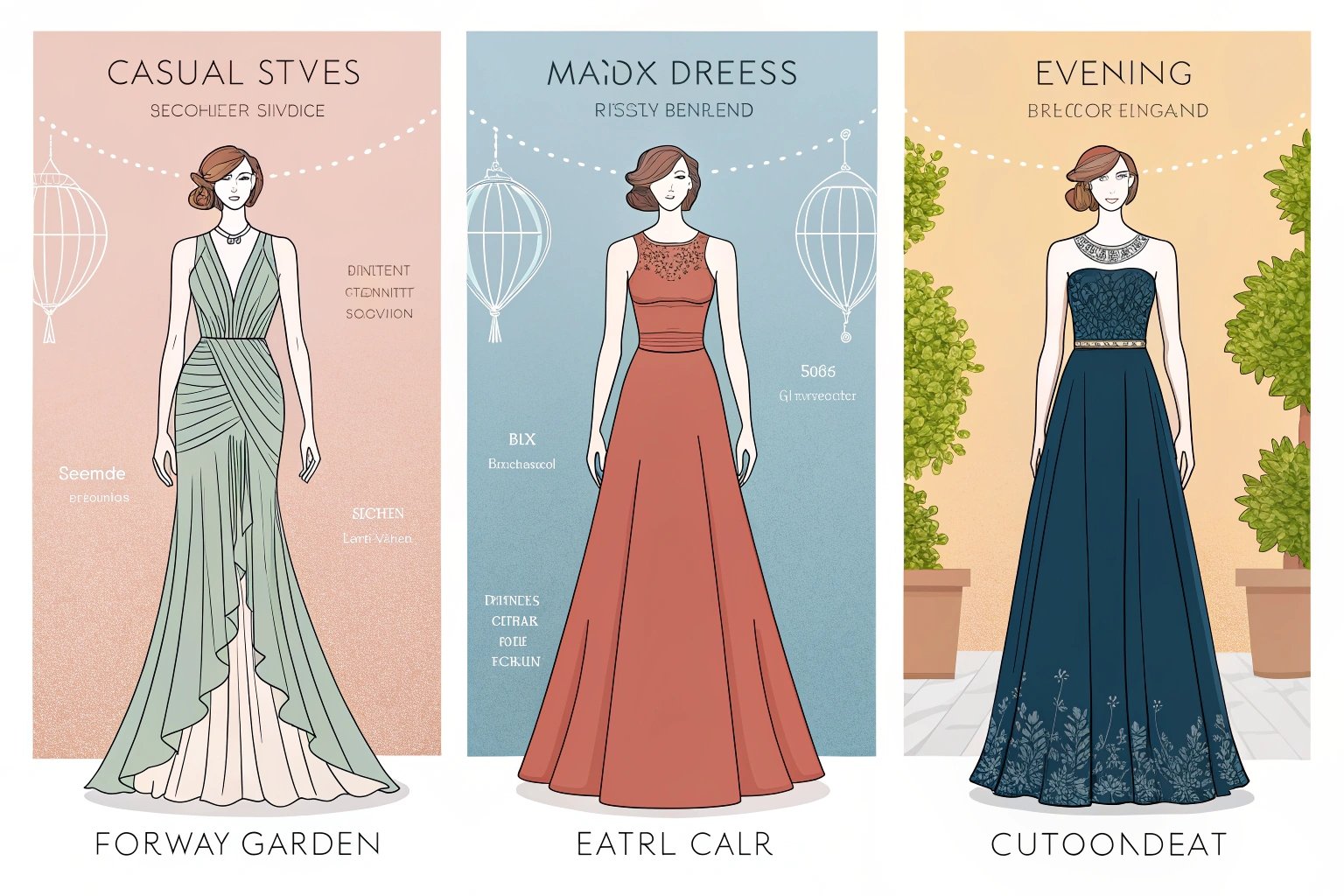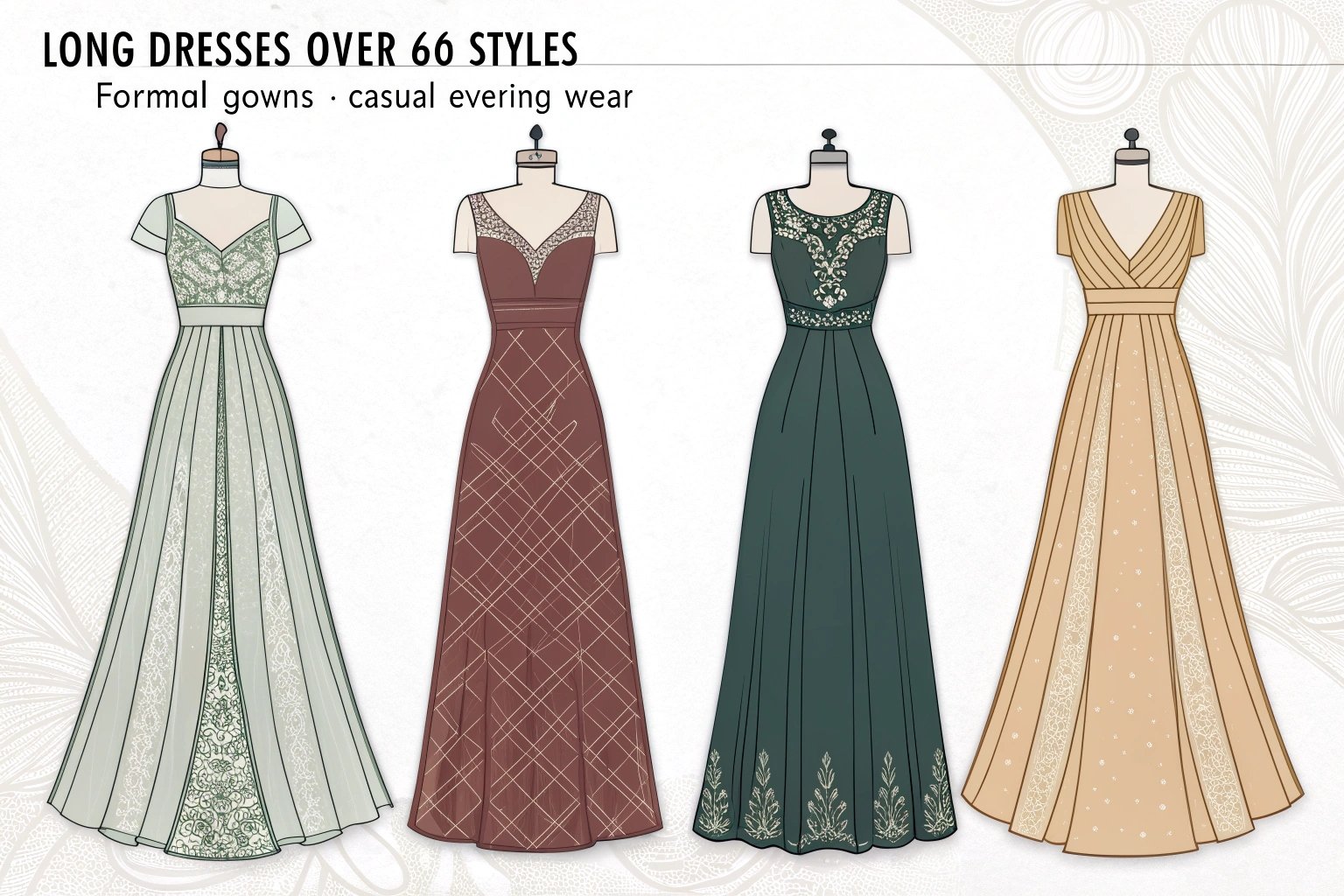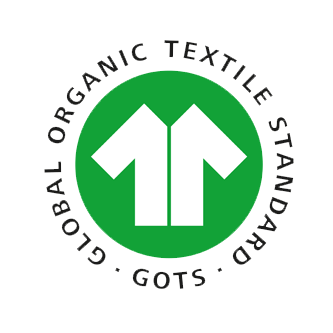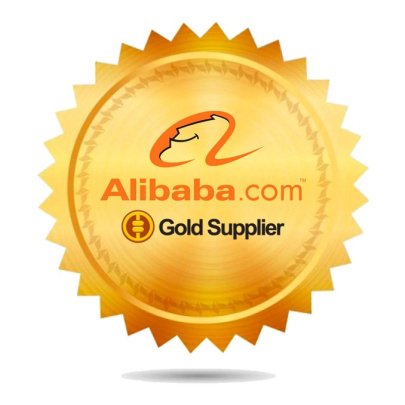Starting a clothing line can be an exciting business venture, but it requires careful planning, especially when it comes to budgeting. Custom clothing manufacturing offers the ability to create unique designs, but the costs involved can add up quickly. From business setup1 and branding to manufacturing and distribution, there are several expenses to account for before launching your clothing brand.
Knowing the estimated costs involved in starting your clothing line with custom clothing manufacturing will help you plan your finances effectively and avoid unexpected financial strains down the road.
This guide will explore the essential steps and costs involved in launching a clothing line, from initial business setup1 to ongoing expenses with custom clothing manufacturers.
What Are the Initial Costs for Starting a Clothing Line?
The initial costs of starting a clothing line include business setup, branding, and legal fees. Additionally, setting up an online store or retail space is another critical component that can significantly impact your overall budget.
Properly budgeting for these initial steps will help you build a solid foundation for your clothing brand.
 Fashion design meeting
Fashion design meeting
Key initial costs for starting a clothing line:
| Expense Category | Estimated Cost Range | Description |
|---|---|---|
| Business Setup & Legal Fees | $500 – $2,000 | Registering your business, obtaining licenses, and trademarking your brand. |
| Branding & Design | $500 – $5,000 | Creating your brand identity, logo, and marketing materials. |
| Website & E-Commerce Setup | $1,000 – $10,000 | Building a user-friendly website or e-commerce platform. |
How Much Should You Budget for Business Setup, Branding, and Legal Fees?
Business registration, legal fees2, and branding are essential for establishing your clothing line. It’s important to allocate a significant portion of your budget to these foundational steps, as they ensure that your business is legally compliant and professionally branded.
These costs typically range from $500 to $5,000, depending on the complexity of your business and the scope of your branding efforts.
| Legal/Branding Expense | Estimated Cost Range | Why It’s Necessary |
|---|---|---|
| Business Registration | $100 – $500 | Required to legally operate your business. |
| Legal Consultation | $200 – $1,500 | Protects your intellectual property, trademarks, and contracts. |
| Logo & Brand Identity Design | $500 – $3,000 | Establishes a professional and recognizable brand identity. |
What Are the Costs for Setting Up an Online Store or Retail Space?
Setting up an online store or physical retail space is a critical investment. The costs can vary based on the platform you choose, whether it’s an e-commerce website or a physical store.
An online store setup can cost anywhere from $1,000 to $10,000, depending on the complexity of the design and the e-commerce platform you use. A physical retail space could cost significantly more depending on location.
| Retail Expense | Estimated Cost Range | Why It’s Important |
|---|---|---|
| E-Commerce Website | $1,000 – $10,000 | Provides a platform for online sales and customer engagement3. |
| Physical Store Setup | $5,000 – $50,000+ | High rent, renovations, and store setup costs for a brick-and-mortar location. |
How Do Custom Clothing Manufacturing Costs Affect Your Startup Budget?
Custom clothing manufacturing is often the most significant cost when starting a clothing line. The production process involves expenses related to fabric sourcing, labor, design, and order quantities.
It’s crucial to understand how these costs impact your startup budget so you can make informed decisions about your production process and manage your cash flow effectively.
Average costs for working with custom clothing manufacturers:
| Manufacturing Expense | Estimated Cost Range | Description |
|---|---|---|
| Sample Creation | $100 – $500 | Creating prototypes to assess the final design and quality. |
| Unit Costs (per garment) | $5 – $50 per unit | Production costs depend on material, design complexity, and order volume. |
| Minimum Order Quantities (MOQs)4 | $500 – $5,000 | The minimum number of items you need to order upfront from the manufacturer. |

What Are the Average Costs for Manufacturing Your First Clothing Line?
Manufacturing your first clothing line will likely be your biggest upfront expense. The costs depend on the garment type, materials used, and the level of customization involved. On average, you can expect to pay between $5 and $50 per unit.
For larger orders, the per-unit cost generally decreases, making bulk purchasing a cost-effective strategy.
| Garment Type | Estimated Cost per Unit | Why It Varies |
|---|---|---|
| T-Shirts | $5 – $15 | Basic designs and low-cost fabrics are cheaper. |
| Sweatshirts/Hoodies | $15 – $30 | Custom prints or fabrics can raise costs. |
| Outerwear | $20 – $50 | Higher-quality fabrics and more complex designs increase costs. |
How Do Minimum Order Quantities (MOQs) Impact Your Initial Investment?
Minimum Order Quantities (MOQs) are often required by custom clothing manufacturers, meaning you’ll need to place an initial order of a certain size. These MOQs can range from $500 to $5,000 or more, depending on the supplier and garment type.
Smaller businesses may find MOQs challenging, but they’re essential to get started with production.
| MOQ Requirement | Estimated Cost Range | Why It Affects Your Budget |
|---|---|---|
| Low MOQ | $500 – $1,000 | Ideal for new businesses testing products and markets. |
| Higher MOQ | $2,000 – $5,000 | Larger orders lower the per-unit cost but require a higher upfront investment. |
What Are the Hidden Costs of Starting a Clothing Line?
In addition to the obvious costs of manufacturing and branding, there are hidden costs that can impact your total budget. These include shipping, packaging, distribution, and marketing.
It’s important to account for these additional expenses so you aren’t caught off guard once your business is operational.
Hidden costs to consider:
| Hidden Cost | Estimated Cost Range | Description |
|---|---|---|
| Shipping & Distribution | $2 – $10 per unit shipped | Costs associated with delivering your products to customers. |
| Packaging | $1 – $3 per unit | Custom packaging to enhance branding and customer experience. |
| Marketing & Advertising | $500 – $5,000 per month | Paid ads, social media marketing, influencer collaborations, etc. |
How Do Shipping, Packaging, and Distribution Affect Your Total Budget?
Shipping and packaging5 costs can quickly add up, especially if you’re offering free shipping or providing custom packaging. You should factor in these expenses to ensure that your pricing strategy covers all of your costs.
As your business grows, negotiating shipping rates with suppliers and logistics providers may help reduce these costs.
| Shipping Expense | Estimated Cost Range | Why It’s Important |
|---|---|---|
| Domestic Shipping | $2 – $10 per unit | Charges depend on location and size of order. |
| International Shipping | $10 – $50 per unit | International shipping is significantly more expensive. |
| Packaging | $1 – $3 per item | Custom packaging adds a personal touch but increases costs. |
What Are the Marketing and Advertising Costs to Promote Your New Clothing Line?
Marketing and advertising costs are crucial to building brand awareness and attracting customers. Budgeting for digital ads, influencer marketing, and social media campaigns is important when launching your clothing line.
Effective marketing strategies will help you reach your target audience and drive traffic to your store.
| Marketing Expense | Estimated Cost Range | Description |
|---|---|---|
| Social Media Ads | $300 – $5,000 per month | Running ads on platforms like Instagram, Facebook, and TikTok. |
| Influencer Marketing | $500 – $10,000 | Partnering with influencers to increase brand visibility and credibility. |
How Can You Minimize Costs When Working with Custom Clothing Manufacturers?
While custom clothing manufacturing can be expensive, there are ways to minimize costs without sacrificing quality. Strategies like ordering smaller quantities, negotiating pricing, and working with local manufacturers can help reduce your overall expenses.
Smart cost-saving measures will allow you to manage your budget effectively and still create high-quality products.
Tips for minimizing costs:
| Cost-Minimizing Strategy | Description | Why It Helps You Stay Within Budget |
|---|---|---|
| Start Small with Orders | Place smaller orders to test designs and products | Reduces upfront costs and allows you to refine your offering. |
| Work with Local Manufacturers | Choose local suppliers to reduce shipping costs6 and communication barriers | Can lower production and shipping costs while ensuring quality. |
Can You Start with Smaller Orders or Local Manufacturing to Reduce Costs?
Starting with smaller orders allows you to test your designs and customer demand before committing to larger production runs. You can also consider working with local manufacturers to save on international shipping costs and simplify communication.
These strategies help you minimize risk and manage your cash flow more effectively.
| Strategy | Estimated Cost Range | Why It’s Effective |
|---|---|---|
| Smaller Orders | $500 – $2,000 | Ideal for new brands testing market demand. |
| Local Manufacturing | $1 – $5 per unit | Saves on shipping and reduces lead times. |
How Do You Negotiate Better Pricing with Custom Clothing Manufacturers?
Negotiation is key when working with custom clothing manufacturers. You can negotiate better prices by offering larger orders, paying upfront, or committing to long-term relationships.
Negotiating can help you lower per-unit costs and improve your margins.
| Negotiation Tip | Description | Why It Helps You |
|---|---|---|
| Offer Larger Orders | Negotiate better pricing for bulk orders or recurring contracts | Larger orders give manufacturers incentives to offer lower prices. |
| Flexible Payment Terms | Offer upfront payment or faster payment schedules | Suppliers may offer discounts for quick payments. |

What Are the Ongoing Financial Considerations for Running a Clothing Line?
As your clothing line grows, you’ll face ongoing financial considerations, such as inventory management, restocking, and marketing. Proper financial planning is essential to sustain and scale your business.
Managing your finances effectively will ensure the longevity of your brand and help you make informed decisions about scaling.
Ongoing financial considerations:
| Ongoing Expense | Estimated Cost Range | Description |
|---|---|---|
| Inventory Management | $1,000 – $10,000 per month | Costs associated with storing and tracking inventory levels. |
| Restocking Costs | $2,000 – $20,000 per restock | Reordering products as demand increases and your stock depletes. |
How Much Should You Budget for Inventory Management and Restocking?
Inventory management and restocking costs can add up quickly, especially as your brand scales. Efficient inventory management helps prevent overstocking or stockouts, reducing unnecessary expenses.
Properly budgeting for restocking and inventory management ensures you can meet customer demand while maintaining a healthy cash flow.
| Strategy | Estimated Cost Range | Why It’s Important |
|---|---|---|
| Inventory Software | $50 – $300 per month | Helps manage stock levels and prevent overstocking. |
| Strategic Restocking | $2,000 – $20,000+ per cycle | Regular restocking based on sales trends and seasonality. |
What Financial Factors Should You Consider as Your Clothing Line Scales?
As your clothing line scales, you’ll need to consider larger orders, more complex logistics, and a growing marketing budget. Efficient cash flow management and strategic investments are crucial for sustaining growth.
Budgeting for growth requires careful planning to ensure you can meet demand while remaining profitable.
| Scaling Strategy | Estimated Cost Range | Why It’s Essential |
|---|---|---|
| Increased Production Runs | $5,000 – $50,000 | Larger orders will reduce per-unit costs but require higher upfront investment. |
| Expanded Marketing Efforts | $1,000 – $20,000 per month | Growing your brand requires ongoing investment in advertising and promotion. |
Conclusion
Starting and running a clothing line with custom clothing manufacturing involves various expenses, including business setup, branding, manufacturing, and marketing. Understanding these costs will help you make informed decisions and ensure that you stay within your budget. By minimizing costs with strategic planning and negotiation, you can grow your clothing line into a successful and sustainable business.
-
Learn about the essential steps for business setup to ensure a solid foundation for your clothing line. ↩ ↩
-
Understand the legal fees to budget for when launching your clothing line to avoid surprises. ↩
-
Learn strategies to enhance customer engagement and loyalty for your clothing brand. ↩
-
Understand MOQs and how they impact your initial investment in clothing production. ↩
-
Explore packaging options that enhance your brand and customer experience. ↩
-
Learn how to calculate shipping costs to ensure your pricing strategy covers all expenses. ↩









